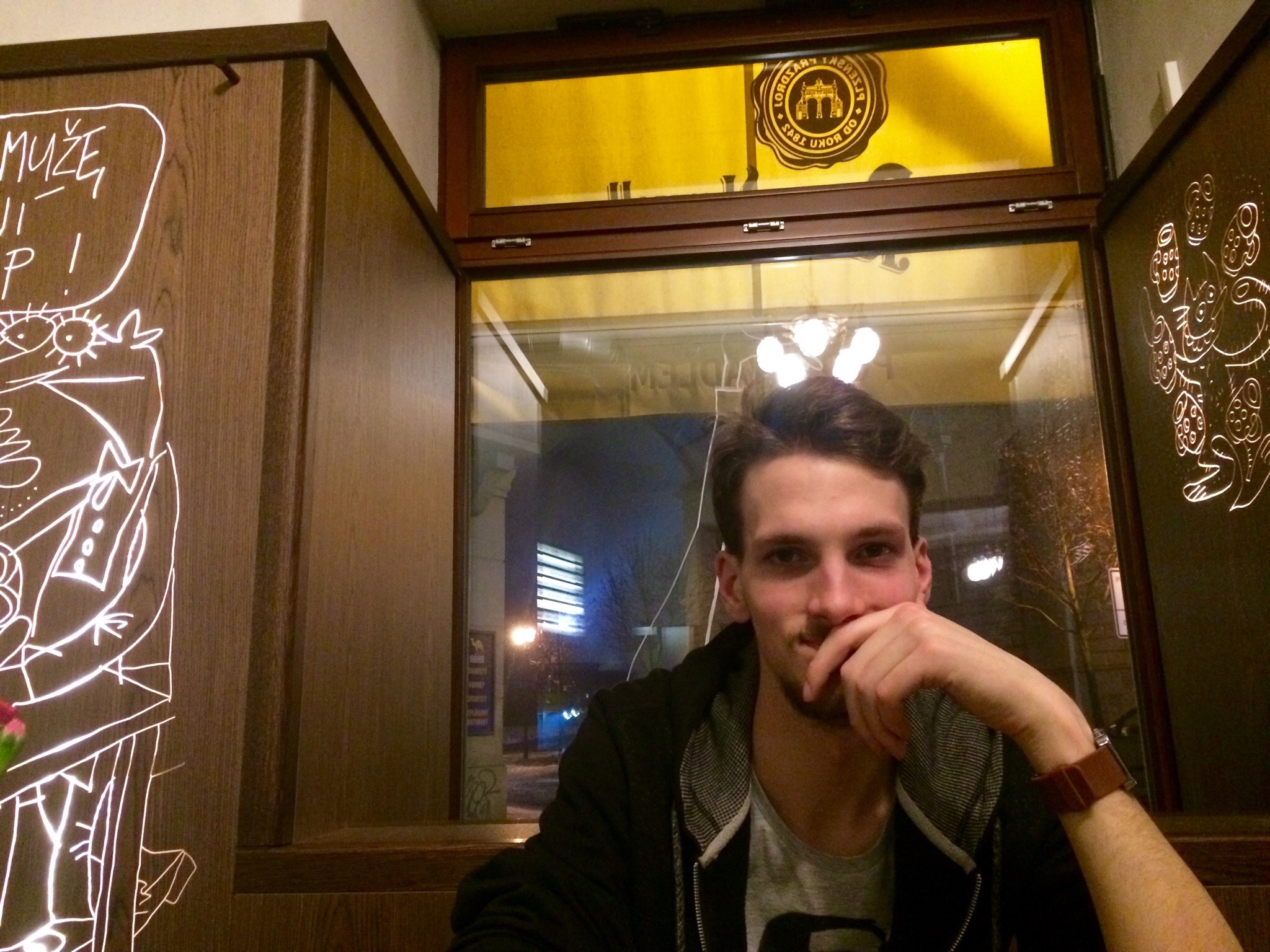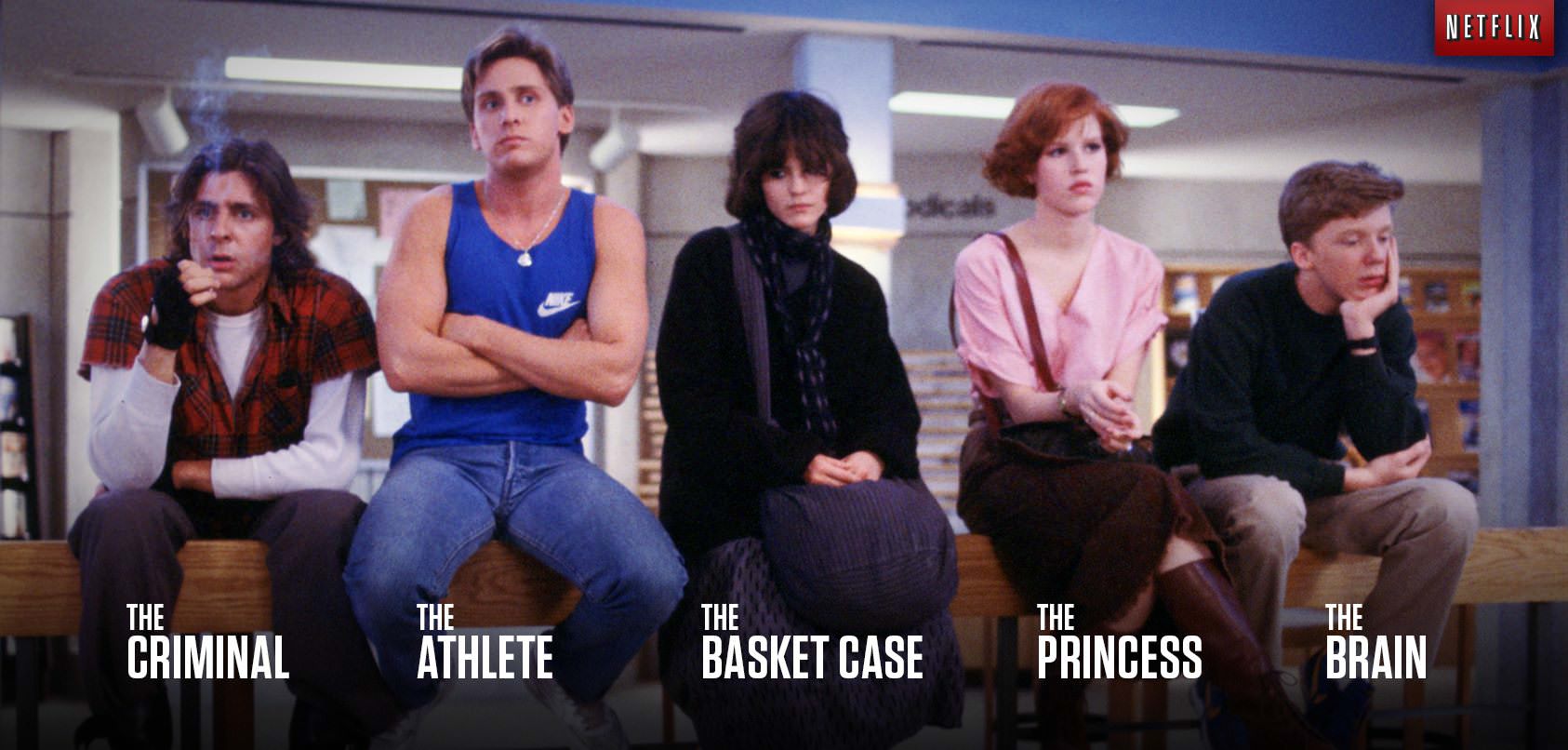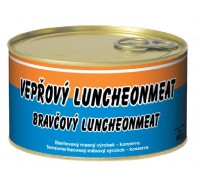In our school, this week is full of maturita exams – also called A-levels or final exams – and we also have five international university students visiting to share their culture and countries with us. Coming to a new country and immediately being thrust into the busy environment of a high school is not an enviable situation for anyone… So I was thinking about my arrival here nearly three years ago and how confusing it was for me at first!
Here’s part 2 of this article.
***
1. Grade Levels
I’m sure any Fulbright English Teaching Assistant who has worked in a Czech school would tell you how confusing it is in the beginning to get used to the divisions of kids in the school.
Basically, Americans have elementary school (grades K-5/6), middle school (grades 6/7-9), and high school (grades 9/10-12). Middle and high are occasionally combined.
Czechs have “basic school” (grades 1-9) and grammar school (gymnázium, for university-bound students), which usually has two tracks. Where I work, there is a 4 or 8-year program, so you could leave the “basic school” after 5th grade or after 9th if you pass entrance exams. There’s also technical high school, which is intended for kids who learn trades and don’t plan to continue to university.
Czech kids go to school for a year more, 13 years total. (But they can also leave school at age 15 and begin working.)
Most U.S. schoolkids graduate around age 18 (I graduated at 17). If you graduate at age 19 or 20, you might look like this:

In CZ, it’s normal to graduate at a slightly later age; you might look like this:

Not as much fire, but a lot more smiles 😉 This picture was taken during our fantastic trip to Pilsen, Czech Republic.
2. Cliques
Everyone who watches American movies knows about the cliques, or the hierarchy of high schoolers, as in the cult classic “The Breakfast Club” (1985):

Czech schools tend to have many fewer students (ex. 500 spread among 8 grades, as opposed to my high school, which had 1000 kids spread among 4 grades). This means that most people know each other or can at least recognize others by their faces. It also means closer relationships and less bullying. In my high school, there were about 250 people in my “class.” You couldn’t know everyone, and every year your classes would change to expose you to different people. It was difficult to get close to that many people.
In Czech schools, students spend 4-8 years with their classmates. In some cases, this means they end up disliking each other – and that’s unfortunate. More often, from what I’ve observed, the kids get really close and become lifelong friends. That doesn’t mean that some kids aren’t singled out and made fun of, but it means negative behavior is much harder to hide.

I know Czechs in their 40s and 50s who still have monthly get-togethers with their spolužáci, or schoolmates. Americans, on the other hand, would prefer to get away from their high school community for the rest of their lives, or at least til they have to face them 20 years after graduation at the obligatory reunion 😛
Are you learning something new about the school system in Czech Republic? Consider a donation to fuel more expat-driven content.
3. Marks/grades
In the US, you are graded from 64-100. Anything below 65 is failing. I feel that this gives kids a much better idea of “where they stand” in terms of how good they are at a subject. For example, someone who gets 75s is not an idiot; they just don’t care that much about their schoolwork and need to work much harder. Meanwhile, 80s/85s are a perfectly okay mark for people who want to succeed in school, but all of those kids know that they can work much harder for 90s. Someone who gets 90s is quite smart, but can work harder to be the type of kid who always gets 97s.
On the other hand, Czechs are marked between 1-5 (1 being the best and 5 being the worst). In some schools, you can give middle marks like 1-2, 2-3, etc. I feel, though, like there’s a huge gulf between 2 and 3 especially, because getting a 3 is interpreted as “you suck,” when really it should mean, “you didn’t study hard enough and can work harder to improve.” There’s a gulf between 1 and 2, too. In my opinion (but perhaps not in Czechs’), 2 is a message: it means you are good but you can get motivated to be better. 1 means you work hard and do your best. For Americans, this would be the difference between the 80s and the 95s and up – a much more specific understanding in my opinion.

4. Slippers and the “Janitor”
Czech students must wear indoor shoes to keep floor clean, just as in their homes.

Half of America would love to wear Crocs in their schools…
There is also a special person called a školník, which is often translated as “janitor,” but he is not. He is the school caretaker/groundskeeper, responsible for fixing any problems, overseeing outdoor work, and managing the cleaning ladies. He has a very important role, whereas American janitors are not well-respected or even known by the students.

5. Lunch
Czech students get a cooked lunch every day, including a soup and a choice of three drinks (usually water, milk, and a flavored drink or tea). Most of the days this is meat and a side dish like potatoes, pasta, rice, or Czech bread or potato dumplings. Sometimes it’s sweet, like buchty or krupičná kaše, which is a semolina porridge with cocoa powder, sugar and melted butter on top. (For Americans this is breakfast, but Czechs would never prepare something with so many steps for breakfast.) My lunch costs about 30 czk per day ($1.30). And for all this, we can say, Thanks, Communism! (???)
As for Americans, we’ve got the brown bag lunch or… this:

The craziest thing is that I have seen LUNCH MEAT being sold here as if it’s actually food:

Why? Update: Some helpful commenters have helped me to understand this, below. Still, Americans will have nothing but bad associations with this as with the infamous “mystery meat” sometimes served. Not all transplants of Western culture are good.
The moral of the story is: if you’re in with the lunch ladies, you’ve got nothing to worry about. (I wish my high school time were that easy.)
Was your American or Czech school experience like this? Which system do you think is better?
![How Will 2021 Be Different? [Holiday Recap]](https://chlohemian.com/wp-content/uploads/2021/01/img_9386.jpg?w=723)


[…] stereotypes, and I wanted to know if you can say your expectations about the difference between American and Czech school systems – for example the atmosphere and educational […]
LikeLike
[…] There are so many differences between the school systems in Czech and in the USA, it warrants a second post! First post here. […]
LikeLike
[…] is another collection of pantofle, which are outdoor shoes or “slippers” like Crocs, which students wear in school (yep – while teachers are allowed to wear shoes, students are not, and must change in the […]
LikeLike
[…] also have Socialism to thank for universal health insurance and school cafeterias. So it just goes to show that there’s a good and bad side to […]
LikeLike
Hehe 😀 So now you know what not to buy when browsing at the butcher’s 😉 (unless you are broke)
LikeLike
It’s a cheap kind of thick sausage that’s wind on a pole when it’s made > točený. It’s not of a good quality so it’s used as a part of some other food (for example šunkofleky) and I’ve never seen anyone eating it alone.

LikeLike
thanks! 🙂
LikeLike
Hi,
In this tv-show you can see what is a “točený salám”. And more…
Lunch meat was good quality before. When canceled norm for food (abbout 90´s), luch meat gone to the hell.
https://www.stream.cz/peklonataliri/683204-vyrobni-salam
LikeLike
thanks!
it may be different here, but in American English our associations with school lunch meat are all bad. 😞
LikeLike
Chloe, I can assure you that lunchmeat is definitely not a “thing” that people who care about what they eat would EVER eat deliberately. For some, it’s a good option, though. It’s cheap and easy to prepare. Unfortunately, it used to be a part of my childhood as well as “točený salám” and some other products. The concept of healthy eating is quite new. I was told that before 1989 shops couldn’t really offer such a huge variety of products as it was normal in other countries. People didn’t have to deal with a question: what to choose. I know many families (incluing mine) who used to have the same furniture in the living room! And children all over the republic used to wear the same colour of the tights. Fortunately, a lot has changed 🙂
LikeLike
thanks for the clarification! what in the world is točený salám? 😖
LikeLike
http://www.steinhauser.cz/slovensky-toceny-salam.html it look like this and i dont exactly how they made it but its water, mixed meat and so many chemical “shit” to make it hold together. If there is nothing better at hand, it’s not so bad.
LikeLike
The Canadian public school system was set up pretty much like the American one when I was in back in the 80s. I suspect it’s pretty much the same these days.
When I hear my Czech students talk about the system they went through, I see at least one advantage to the Czech system in that it has the two different tracks for the more academically minded and the more technically minded students to choose from. Such a system certainly makes it easier to focus on the needs, wants and strengths of students of different mind sets without too much compromise.
All of my students also talked about having to choose a second language to study in school. That’s something I wish they had in place when I had been in school. Having more than one language is almost a life skill these days.
LikeLiked by 1 person